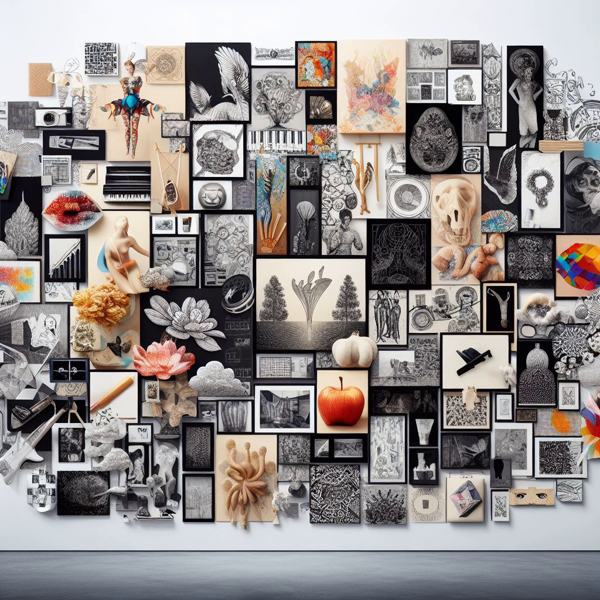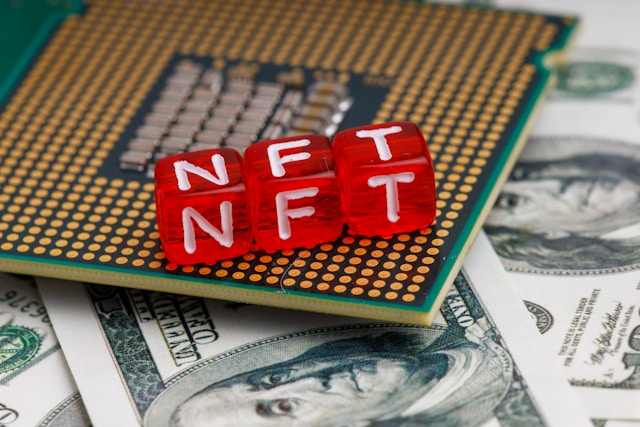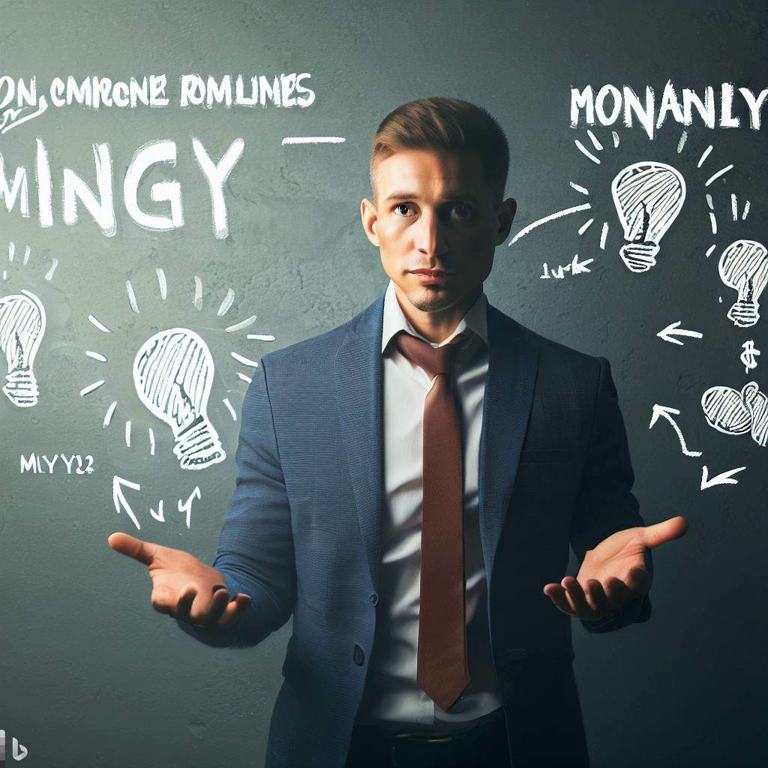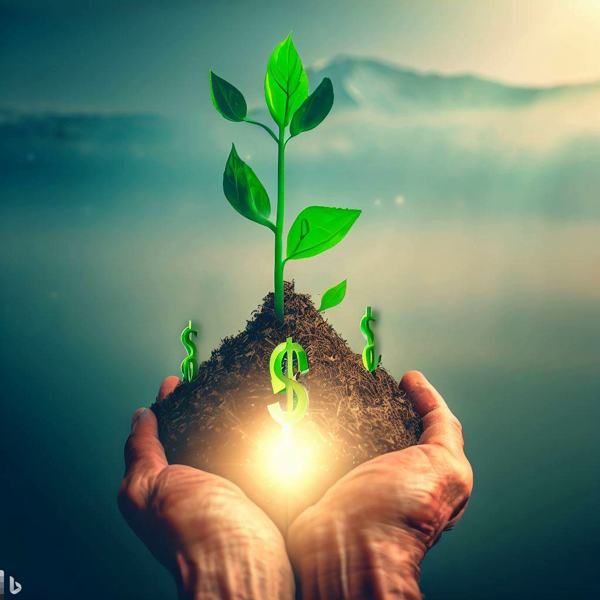
- September 29, 2023
- Personal Finance Advisor
- 0
Investing in art can be a rewarding venture, both financially and personally. However, like any investment, it requires a certain level of understanding and knowledge.
The world of art investment is vast and varied, encompassing a wide range of mediums, styles, and artists. It’s not just about buying a piece of art that you like; it’s about understanding the market, the artist’s reputation, the work’s provenance, and its potential for appreciation.
Art investment can offer significant returns, but it’s not without its risks. It’s a market that’s influenced by trends, tastes, and economic factors. Therefore, it’s crucial to do your research, seek expert advice, and approach it with a strategic mindset.
In the following sections, we will delve deeper into the art market, the benefits and risks of art investment, and provide practical tips on how to start your art investment journey.
Understanding the Art Market
Understanding the art market is a crucial step in art investment. The art market is a complex and dynamic ecosystem that includes artists, galleries, auction houses, collectors, and investors. It is influenced by various factors such as economic conditions, cultural trends, and individual tastes.
The value of art is subjective and can fluctuate significantly, making it a potentially high-risk, high-reward investment. However, with careful research and analysis, one can identify trends and opportunities. For instance, certain artists or art styles may gain popularity and increase in value over time.
Additionally, understanding the art market involves learning about the provenance and authenticity of artworks, as these factors can greatly impact their value. It’s also important to be aware of the costs associated with buying, selling, and maintaining art.
Overall, a deep understanding of the art market can help investors make informed decisions and potentially reap significant returns.
The Benefits of Investing in Art
Investing in art can offer numerous benefits, making it an attractive alternative investment option. One of the primary advantages is the potential for high returns. Artwork can appreciate significantly over time, especially if the artist’s reputation grows or their work becomes more sought after.
Additionally, art can act as a hedge against inflation and market volatility, as its value is not directly tied to traditional financial markets. It also offers diversification, as the art market often behaves differently than other investment markets.
Furthermore, investing in art can provide intangible benefits such as personal enjoyment and cultural prestige. It allows investors to own a piece of history and contribute to the preservation of cultural heritage.
However, it’s important to note that art investment requires a deep understanding of the art market and should be approached with careful research and consideration.
The Risks of Art Investment
Investing in art, like any other form of investment, comes with its own set of risks. One of the primary risks is the unpredictable nature of the art market. The value of an artwork can fluctuate significantly over time, influenced by factors such as the artist’s reputation, trends in the art world, and economic conditions.
Additionally, the art market is not as regulated as other investment markets, which can lead to issues such as forgery and fraud. There’s also the risk of damage or loss to the artwork, which can significantly decrease its value. Furthermore, art is considered a relatively illiquid asset, meaning it can be challenging to sell quickly if you need to access your investment.
Therefore, it’s crucial to thoroughly research and consider these risks before deciding to invest in art.
How to Start Investing in Art
Investing in art can be a rewarding venture, both financially and personally. However, it’s crucial to approach it with a strategic mindset. To start investing in art, first, educate yourself about the art world. This includes understanding different art periods, styles, and artists. It’s also beneficial to familiarize yourself with art market trends and pricing.
Next, determine your budget. Art can range from affordable to exorbitantly expensive, so it’s essential to know what you can afford. Consider working with an art advisor or consultant who can guide you through the process and help you make informed decisions. They can also help you authenticate and appraise artworks.
Lastly, remember that investing in art should not be purely about potential financial gain. It’s also about supporting artists and the arts, and owning a piece of work that you genuinely appreciate and enjoy.
Tips for Buying Art as an Investment
Investing in art requires careful planning and knowledge. Here are some tips for buying art as an investment. First, educate yourself about art. Understand different art periods, styles, and artists. This will help you make informed decisions. Second, buy what you love.
Art should resonate with you personally. If it increases in value, that’s a bonus. Third, consider the artist’s reputation and market demand. Artists with a solid track record of exhibitions and sales are often a safer bet. Fourth, check the artwork’s provenance.
Authenticity and legal ownership are crucial. Lastly, diversify your art portfolio. Just like any other investment, don’t put all your eggs in one basket.
Invest in different types of art to spread the risk. Remember, art investment is a long-term game. Patience and passion are key.

The Best Types of Art to Invest In
Art investing is a rewarding venture. However, knowing the best types of art to invest in is crucial for maximizing returns. Traditional forms of art, such as paintings and sculptures, have long been popular choices for investors.
These pieces often appreciate in value over time, especially works from renowned artists. Contemporary art is another lucrative sector, with pieces from emerging artists offering potential for significant returns. However, it’s important to note that contemporary art can be more volatile and unpredictable.
Photography and digital art are also gaining traction in the investment world, thanks to their increasing acceptance and popularity. Regardless of the type, it’s essential to research and understand the artist’s background, the artwork’s provenance, and current market trends.
Remember, investing in art should not only be about potential financial gain but also about personal appreciation and passion for the artwork.
Where and How to Purchase Art for Investment
Investing in art begins with knowing where and how to purchase it. Art can be bought from various sources such as art galleries, art fairs, auctions, and online platforms.
Each of these sources offers a unique experience and benefits. For instance, art galleries provide a curated selection of works, while art fairs offer a broader range of styles and periods. Auctions can be exciting and potentially offer artworks at lower prices, but they also require a good understanding of the market to avoid overpaying.
Online platforms have made art more accessible, allowing investors to purchase art from anywhere in the world. However, it’s crucial to verify the authenticity of the artwork and the credibility of the seller.
Engaging an art advisor can be beneficial, especially for novice investors. They can guide you through the process, help you make informed decisions, and ensure you’re investing in pieces that have potential for appreciation.
An Overview of Art Investment Funds
Art investment funds are a relatively new but rapidly growing sector within the art market. These funds operate similarly to mutual funds, pooling money from multiple investors to purchase and manage a diversified portfolio of artworks.
The aim is to generate returns through the appreciation and eventual sale of these artworks. Investing in an art fund can provide exposure to the art market without the need to directly own, insure, or maintain any artwork. However, it’s important to note that these funds often require a significant minimum investment and may charge high management fees.
Additionally, the art market can be volatile and unpredictable, and the value of an art fund can fluctuate accordingly. Therefore, potential investors should thoroughly research and consider the risks before investing in art funds. Despite these risks, art funds can offer an exciting and potentially profitable avenue for art investment.
Case Studies of Successful Art Investors
Case studies of successful art investors provide valuable insights into the art investment world. These stories often highlight the investor’s strategy, patience, and keen eye for potential.
For instance, consider the case of David Nahmad, a Monaco-based billionaire who has amassed one of the world’s largest private collections of Picasso’s works. Nahmad started investing in art in the 1960s and attributes his success to his deep understanding of the art market and his ability to predict trends.
Another example is Liu Yiqian, a Chinese billionaire, who purchased Amedeo Modigliani’s Reclining Nude for $170 million, one of the highest prices ever paid for an artwork. Liu’s investment strategy involves buying high-quality works from renowned artists, demonstrating the potential for significant returns in art investment.
These case studies underline the importance of knowledge, strategy, and patience in successful art investing.




































